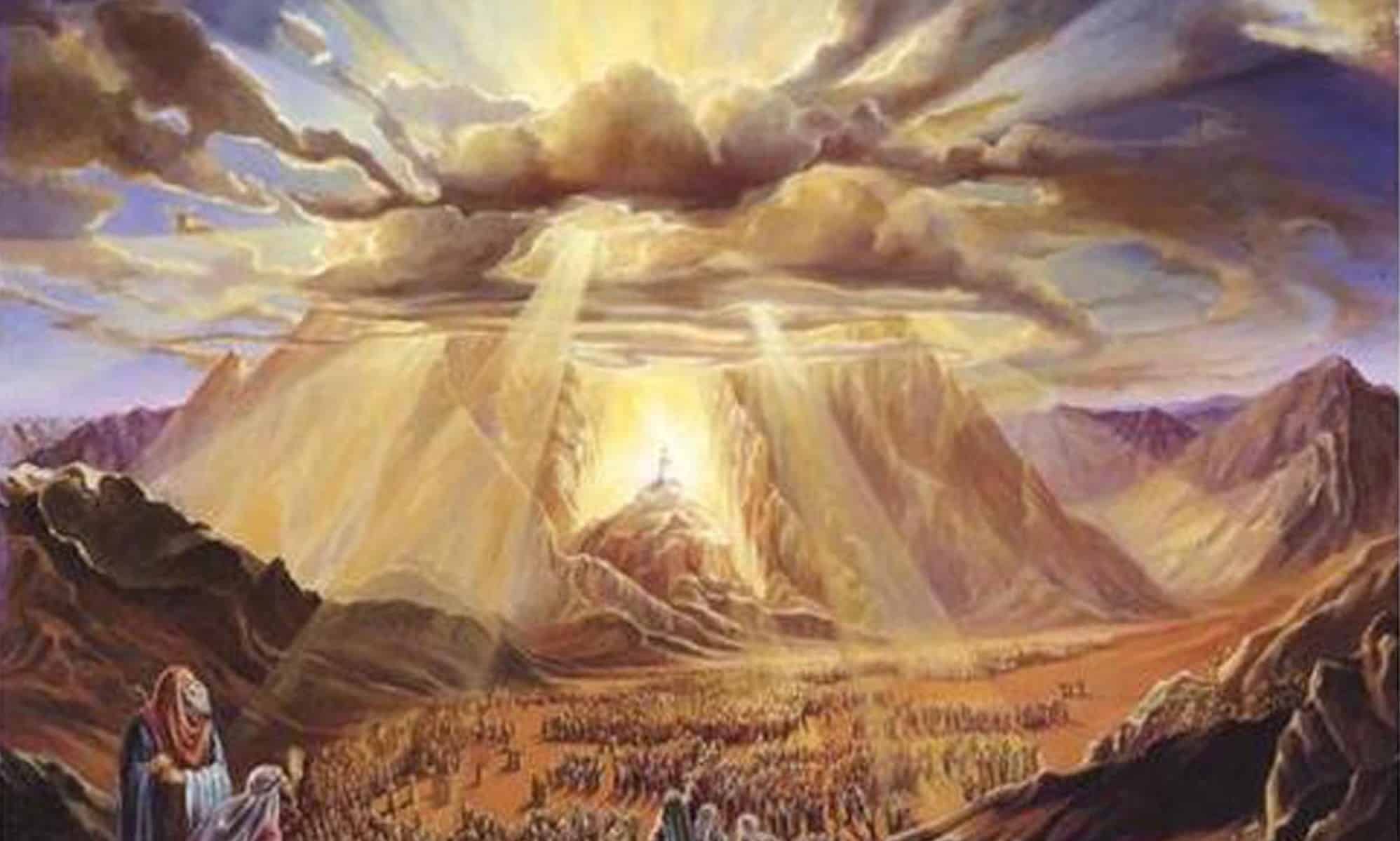The Best of Times; The Worst of Times – Tazria/Metzora 5775
For the Jewish people who came out of Egypt, the period between the Exodus and the Revelation at Mt. Sinai was one of continuous spiritual awakening. Their relationship with G-d grew stronger and closer. Miraculous events occurred daily. For the Jewish people in subsequent generations, this period continues to be one of the greatest of times of the year, in which we prepare ourselves for a renewal of our commitment to the Torah on Shavuot.
Jewish mystical tradition teaches that there are fifty levels of sanctity and opposing them, fifty levels of impurity. The Jewish people in Egypt (with some exceptions) had sunk to the forty-ninth level of impurity. Most of them believed in Egyptians deities and superstitions and were almost completely devoid of faith in G-d. It was only G-d’s decision to save them from Egypt when He did, that prevented them from falling to the fiftieth and lowest level, from which they would never have been able to rise. The forty-nine day period from the Exodus until Shavuot was (and still remains) a time when the Jewish people are able to ascend through the levels of sanctity and knowledge to reach the level of Revelation of the Torah on the fiftieth day at Mt. Sinai. Accordingly, counting the Omer measures our readiness to accept the Torah.
In the first century of the Common Era, the Jewish people experienced a major tragedy during the period of counting the Omer. The greatest sage of the generation was Rabbi Akivah, who taught vast numbers of people. The Talmud relates that 24,000 (in some sources the number is 300) of Rabbi Akivah’s students, who constituted the primary chain of Torah transmission, died as a result of an epidemic between Passover and Shavuot. It further states that the reason for this Divine punishment was that they did not treat one another with sufficient respect.
One of the greatest Jewish philosophers and Kabbalists, the Maharal of Prague, explains the Talmud’s statement in this way: since the period from Passover to Shavuot is the time of preparation for receiving the Torah — and these students were the central transmitters of Torah — any flaw in the process of receiving and transmitting the Torah was judged by G-d with extreme gravity. The lack of proper respect for a colleague demonstrates deficient understanding of the intrinsic, infinite potential of the human soul. Had the students fully appreciated this hidden potential, had they looked at their colleagues beneath the surface, their respect for each other would have been tremendous.
Respect for a colleague with whom one studies Torah is also a reflection of the respect one has for the Torah itself and for the vast treasure hidden beneath its surface. During the counting of the Omer, one of our primary tasks is to develop respect and honor for the Torah and for those who are devoted to it. The students of Rabbi Akivah failed in this task and therefore could not be the primary transmitters of the Torah. They had to be replaced. Rabbi Akivah however, did not give up hope. He continued to teach, and ordained other students who eventually became the major authorities of the Mishnah, the central work of Jewish law.
To commemorate this tragedy, many Jewish communities observe customs associated with mourning. During the period of Sefirat Ha’omer (known simply to many as the period of Sefirah) marriages are not performed, people forgo haircuts, and men do not shave. Among the Jews of Europe (Ashkenazim), Sefirah was also a time of tremendous suffering during the First Crusade in 1096 when thousands of Jews were killed in the Rhineland, and therefore Ashkenazim are stricter about the mourning laws than the Jews of Spain, the Middle East and North Africa (Sephardim).

